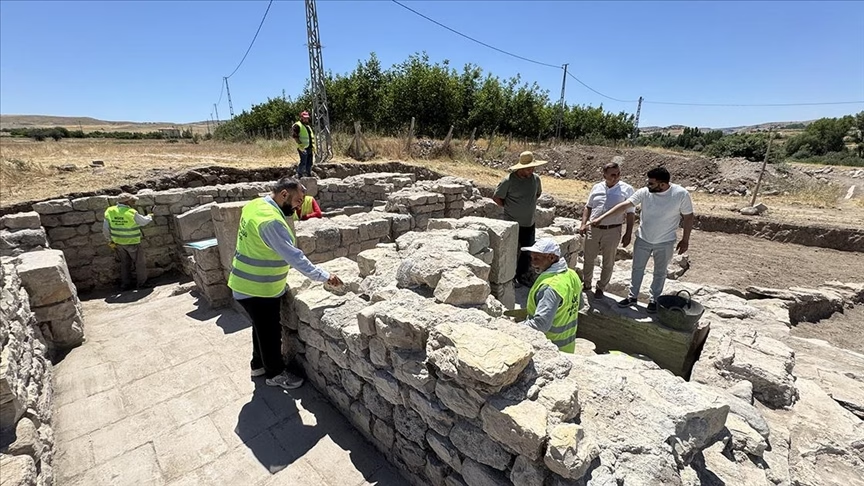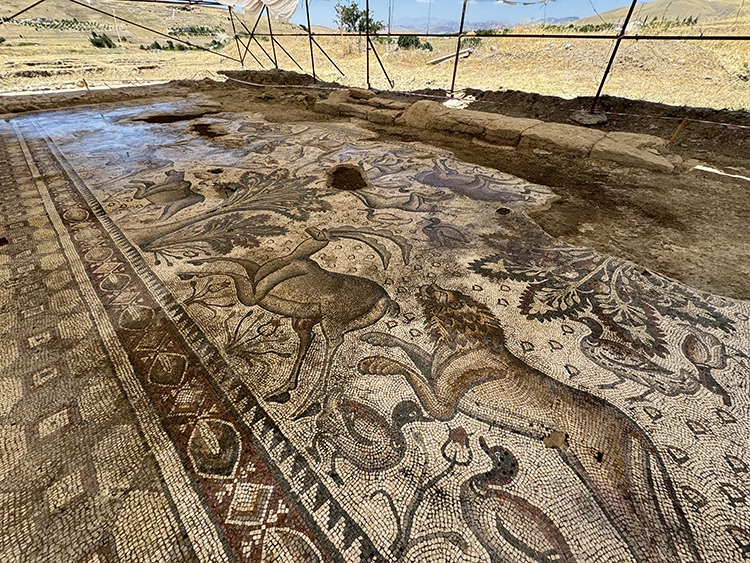An exceptional archaeological discovery in Elazığ uncovers a sophisticated Late Roman bathing complex beneath agricultural fields.
A recent excavation in the rural village of Salkaya, Eastern Anatolia, has brought to light an ancient Roman bathhouse dating back nearly 1,700 years. Detected initially through advanced ground-penetrating radar surveys, the structure’s excavation confirmed the presence of a complex bathing facility beneath a seemingly ordinary farmland.
The bathhouse covers about 75 square meters and contains multiple chambers with distinct temperature zones: cold, warm, and hot rooms. It also includes an ancient hypocaust heating system designed to circulate warm air beneath the floors, along with pools and water channels managing both clean and wastewater.

From Accidental Discovery to Scientific Excavation
The find originated in 2023 when a local farmer stumbled upon a detailed Roman mosaic while planting cherry trees. This unexpected discovery prompted further geophysical investigations, revealing larger archaeological remains nearby. Excavations conducted in 2024 uncovered the well-preserved bathhouse just meters from the mosaic site.
Insight into a Lost Roman Settlement
According to Ahmet Demirdağ, Elazığ’s Culture and Tourism Director:
“The architectural features of this bathhouse indicate it served high-ranking individuals of the Roman period. The surrounding area likely hosted an ancient urban settlement, now under protection for ongoing archaeological study.”

First of Its Kind in Elazığ Province
Lead archaeologist Emre Çayır notes:
“This is a landmark discovery for the region, marking the first time a Roman bathhouse of this scale and preservation has been found here. The hypocaust system and detailed room layout highlight Roman engineering expertise.”
Çayır also emphasized:
“The site offers critical insights into ancient social customs, public health, and water management practices in Roman Anatolia.”
Cultural Tourism and Preservation Efforts
Local authorities aim to preserve the bathhouse and mosaic as part of efforts to develop cultural tourism in Eastern Anatolia, promoting awareness of the region’s rich historical heritage.





